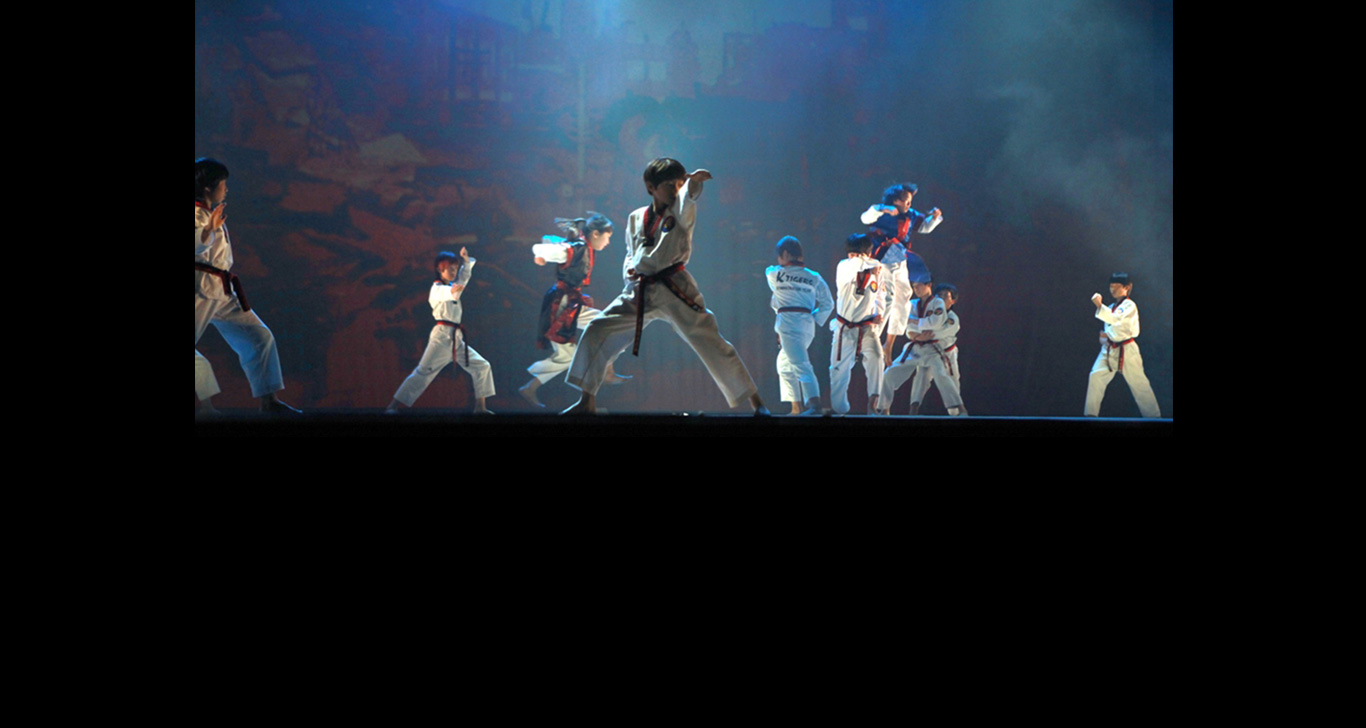Taekwondo: Ranks, Belts & Promotion
The concept of belts and rank
The concept of belts and rank is probably one that most people associate with Taekwondo and martial arts in general, even if they only have a passing interest in the subject. It is also worth noting that achieving a belt isn’t just a matter of “spending enough time” in a previous belt. In order to achieve their next rank, a student must demonstrate their proficiency in their current belt’s techniques, to include Basic Moves, Sparring, and Forms.
“Pure and without the knowledge of Songahm Taekwondo. As with the Pine Tree, the seed must now be planted and nourished to develop strong roots.”
The student has no knowledge of Songahm Taekwondo and begins with a clean (pure) slate. Purity is often signified by the color white.
“The sun is beginning to rise. As with the morning’s dawn, only the beauty of the sunrise is seen rather than the immense power.”
The beginner student sees the beauty of the art of Taekwondo but has not yet experienced the power of the technique. Orangeis found among the many colors of the sunrise.
The student begins to understand the basics of Taekwondo. The sun appears to be yellow.
“The sapling is hidden amongst the taller pines and must now fight its way upward.”
The student begins to realize his/her place in the world’s largest martial art. The student must now begin to spar in order to promote in rank. Camouflage(greens) is used to hide among the trees in the forest.
“The pine tree is beginning to develop and grow in strength.”
The student’s technique is developing power. The components of the basic techniques are beginning to work in unison. As the pine tree develops, it sprouts green pine needles.
“Coming to the mountain. The tree is in the mid-growth and now the path becomes steep.”
The student has crossed over over into a higher level of SOngahm Taekwondo. The techniques, poom-sae (forms), and level of gyeo-roo-gi (sparring) becomes more difficult, creating a “mountain” that must be overcome. Mountains are often depicted as being purple.
“The tree reaches for the sky toward new heights.”
Having passed the mid-way point, the student focuses his/her energy upward toward black belt. The sky appears as blue.
“The tree is firmly rooted in the earth.”
At this point the student has mastered the basics and developed deep roots in Taekwondo. Brown is known as an earthy color, such as dirt.
“The sun is setting. The first phase of growth has been accomplished.”
The first day (the period of time from white belt to red belt) of growth is coming to an end. The physical skill has been developed but lacks control; therefore, physical and mental discipline must now be achieved. Variations of red are found among the many colors of the sunset.
“The dawn of a new day. The sun breaks through the darkness.”
The previous day has ended, giving way to a new dawn. The student must begin a new phase of training; that of being a black belt. The red is the sun (in a sunrise) as it breaks through the black of night.
“The tree has reached maturity and has overcome the darkness… it must now ‘plant seeds for the future.”
The color black is created when all the colors of the light spectrum have been absorbed into an object. That object has “taken control” of the colors and retained them. If one color was to “escape”, the object would no longer be black but would appear as that color. The student has mastered the nine geup (grades) of Taekwondo. He/she has “absorbed” all the knowledge of the color ranks and overcome or “mastered” that level or training. The colors of the spectrum are bound together and are not reflected off an object, resulting in the absence of color which we call black.












